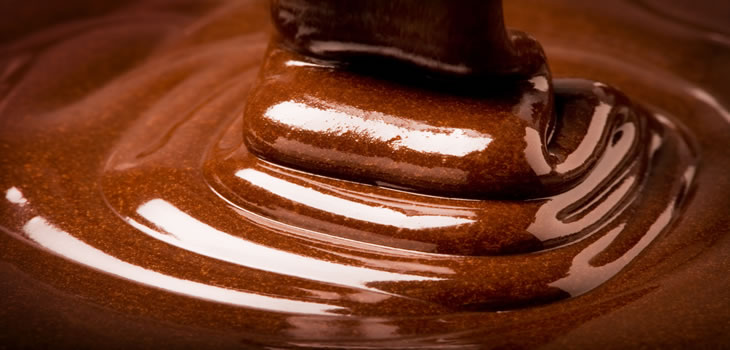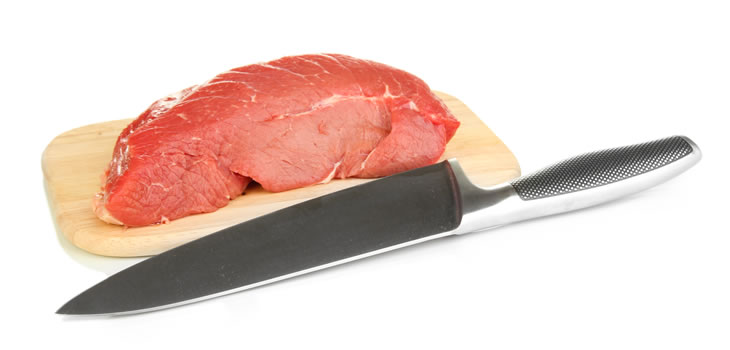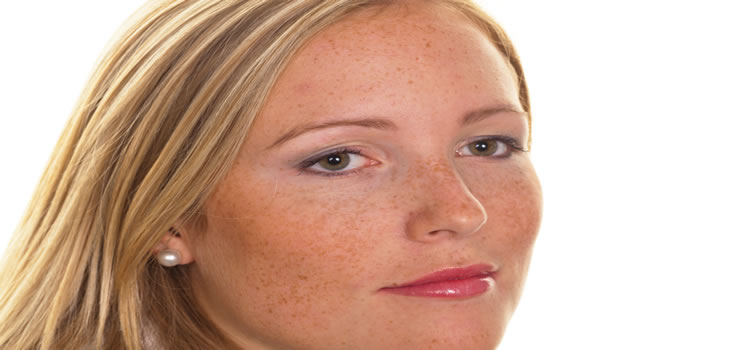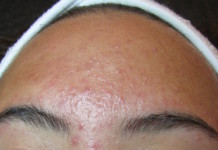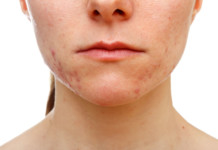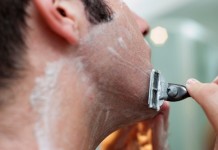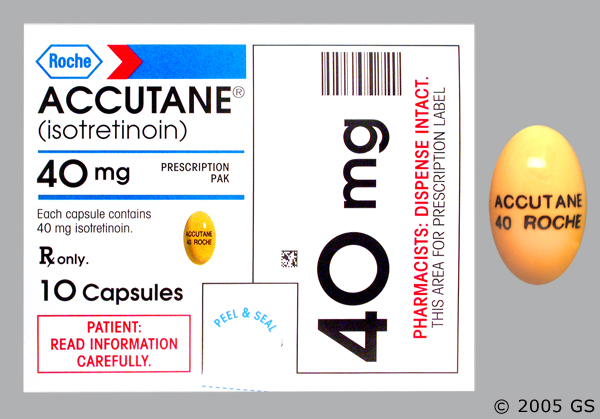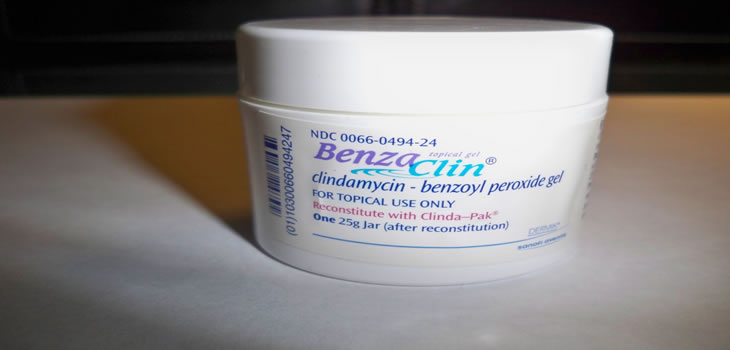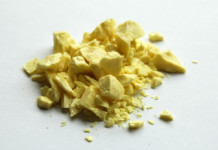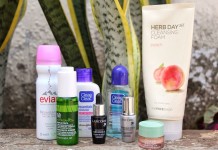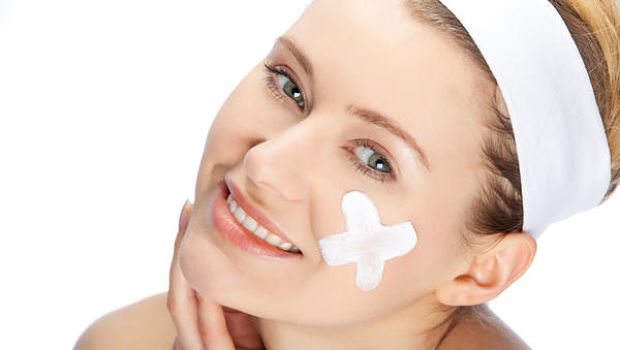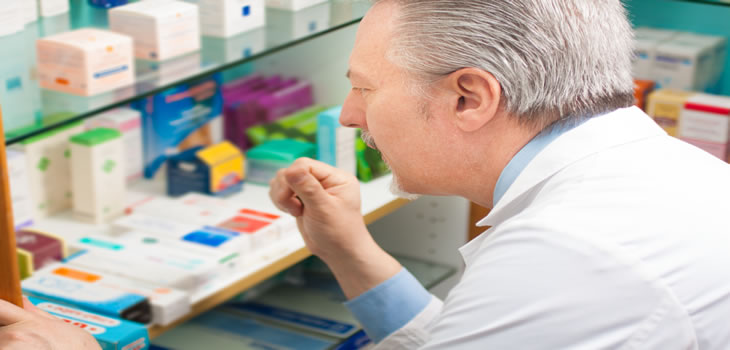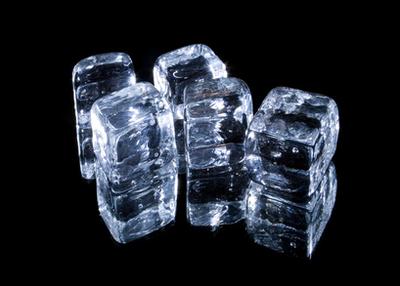 Dry ice is used by dermatologists to treat some acne disorders. This type of treatment is identified as slush therapy or dry-ice cryotherapy. It is generally performed by dermatologists in their lab for the treatment of acne in the face only. Dry ice greatly helps by considerably reducing the appearance of acne scars. Dry ice works by shrinking the pores of the skin thus reducing or eliminating the scars. The dry ice acne treatment process greatly helps in improving the appearance, health, and condition of skin.
Dry ice is used by dermatologists to treat some acne disorders. This type of treatment is identified as slush therapy or dry-ice cryotherapy. It is generally performed by dermatologists in their lab for the treatment of acne in the face only. Dry ice greatly helps by considerably reducing the appearance of acne scars. Dry ice works by shrinking the pores of the skin thus reducing or eliminating the scars. The dry ice acne treatment process greatly helps in improving the appearance, health, and condition of skin.
First, you need to schedule an appointment with a good dermatologist and find out if dry ice is a good solution for treating your acne. Ask questions about the dry ice acne treatment process to educate yourself and learn about the possible complications and risks involved in the treatment process.
Preparing for the dry-ice acne treatment
You can start the preparatory phase for the dry-ice acne treatment at home, one week before receiving the treatment to reduce breakouts. You can also combine your dry-ice acne treatment with a soap-free cleansing regimen. Make use of only lukewarm water on the face twice a day to keep fresh. Avoid using any type of soap. Soaps usually contain rough detergents and perfumes that further aggravate the acne condition and increase the sebum production.
During this preparatory phase, avoid using any kind of creams, lotions, oily cosmetics, and powders. Eliminating the use of these products will help keep your pores from getting clogged by reducing the production of sebum and oil. The preparatory phase is important because it greatly affects the success of your dry-ice acne treatment process.
Tips to follow during the dry-ice acne treatment
The dermatologist will probably use a hammer to methodically grind a three inch block of dry ice placed within a cheesecloth. It is then dipped into a bowl containing 65 OP alcohol.
Allow your dermatologist to soothingly apply the dry-ice to the facial areas affected by acne. The application is effective only when it is applied for the proper amount of time based on the condition of your acne and skin type.
You must visit the dermatologist as directed after the dry-ice acne treatments. If required, you must take antibiotics or probiotics prescribed by the doctor to speed up the recovery process. This also helps in reducing any kind of potential infection.
To take advantage of a lifestyle-based, holistic approach to treating acne I suggest Mike Waldens book acne no more. This book is filled with proven natural techniques that work period.



